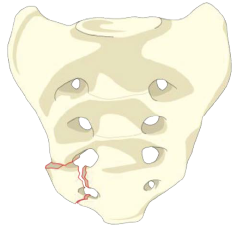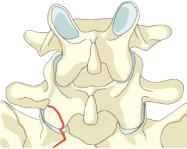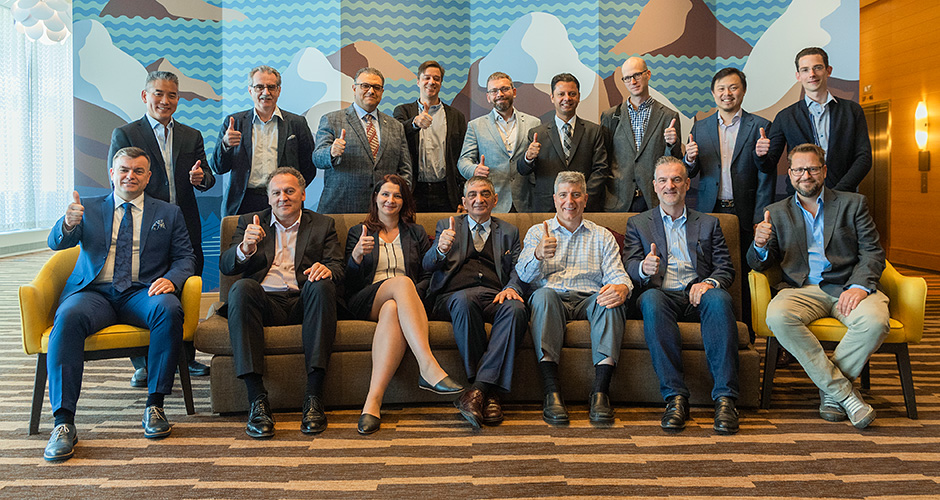

Injury classification systems play a key role in communication between physicians, in patient care, and in research by allowing a standardized approach and a common language. Validation ensures surgeons are seeing and looking at the same things and can guide towards the most effective treatment solutions. Thanks to recent international collaborative efforts of the AO Spine Knowledge Forum Trauma, the Sacral and the Subaxial Classification Systems are now validated, and the Osteoporotic system follows next. All AO Spine Classification systems also have a brand-new look.
Developing the Classification Systems is one of the AO's greatest accomplishments.
The development of all Spine Injury Classifications follows the same methodology of the AO Spine Thoracolumbar Spine Injury Classification system, the most quoted AO Spine tool in spine literature to date.
"Developing the Classification Systems is one of the AO's greatest accomplishments," Principal Investigator Alex Vaccaro says. Vaccaro explains developing a comprehensive system is complicated due to the numerous different existing systems. "Our last system was a classification for pelvic sacral injuries, which is really interesting. We brought together the school of trauma with the school of spine to work on this together."
The AO Spine Sacral Classification System and its validation has been accepted for publication in the Journal of Bone & Joint Surgery. Consisting of a morphologic classification of the fracture, a grading system for neurologic status, and relevant patient-specific modifiers, the system was first internally tested within the AO Spine Knowledge Forum (KF) Trauma. Eighteen spine surgeons from high-volume trauma centers reviewed 28 sacral spine fractures on two separate occasions, revealing a substantial intra-rater reproducibility of the system.
The internal testing was followed by an international validation, with 150 collaborators from AO Spine and AO Trauma. Both trauma and spine surgeons treat sacral fractures; therefore, the system must be relevant to both specialties. “This is a great effort to tackle this complex pathology. I think unifying and simplifying the classification will improve understanding and approaching of sacral fractures,” says Harmouda Waeel, spine surgeon from Egypt. United Kingdom surgeon Pragnesh Bhatt called the validation process “very interesting and educationally rewarding.”
Next steps include determining the treatment algorithm for fracture types and developing narrative reviews looking at the incidence, prevalence, and presentation of sacral fractures.
The AO Spine Subaxial Classification System also underwent international validation in 2018. It covers compression injuries, tension band injuries, and translational injuries—uniquely including additional facet injury descriptions to address the challenges surgeons face in interpreting and classifying these injuries. The system was tested for inter-rater agreement and intra-rater reproducibility, and regional and experiential differences among participants were examined.
189 surgeons worldwide assessed differences in perceived severity for each injury type over geographic regions and practice experience, confirming that the classification system exhibits a hierarchical progression of severity scores for individual classification subtypes.
Over the past year, AO Spine KF Trauma and the German Society for Orthopaedics and Trauma (DGOU) have worked together to improve the usability of the AO Spine-DGOU Osteoporotic Vertebral Fractures Classification System (OF) and refined the system's fracture definitions (OF 1–5), illustrations, and severity score items. The two groups will also test this system first internally to determine if further improvements are needed. This will be followed by an international validation.
Principal Investigator Klaus Schnake says, "many fractures didn't fit into the existing classifications and there was a gap particularly regarding osteoporotic fractures. We hope the classification will uniform treatment and, ultimately, help to make a decision whether to operate or not on an osteoporotic fracture."
We hope that one day we will be able to give surgeons advice on treatment options.
"We hope that one day we will be able to give surgeons advice on treatment options," Schnake says and stresses the importance of looking at the patient as a whole, not only the injury.
According to Vaccaro, the ultimate goal is to understand the masses of data with the help of artificial intelligence. "This is where we need your help, the AO family, to come up with a common language for treatment, disposition, how patients over time, to look at are we really moving the needle to improve the quality of trauma patients."
AO Spine and the Knowledge Forum Trauma are grateful for your valuable contributions. We continue to rely on your support in these important studies.
AO Spine Classification System posters, pocket cards, and training videos with references to original publications are available for download on the AO Spine Classifications website.
